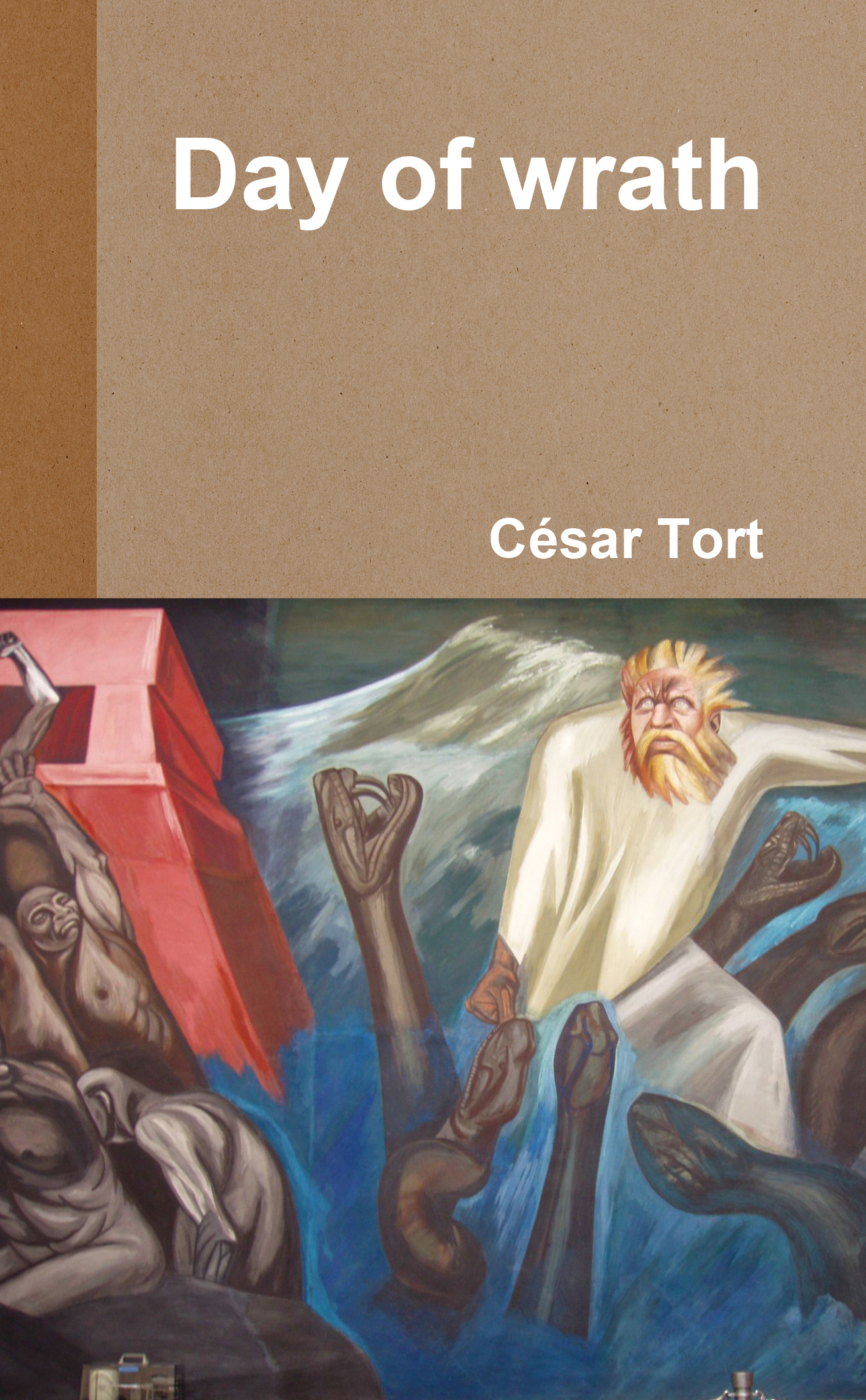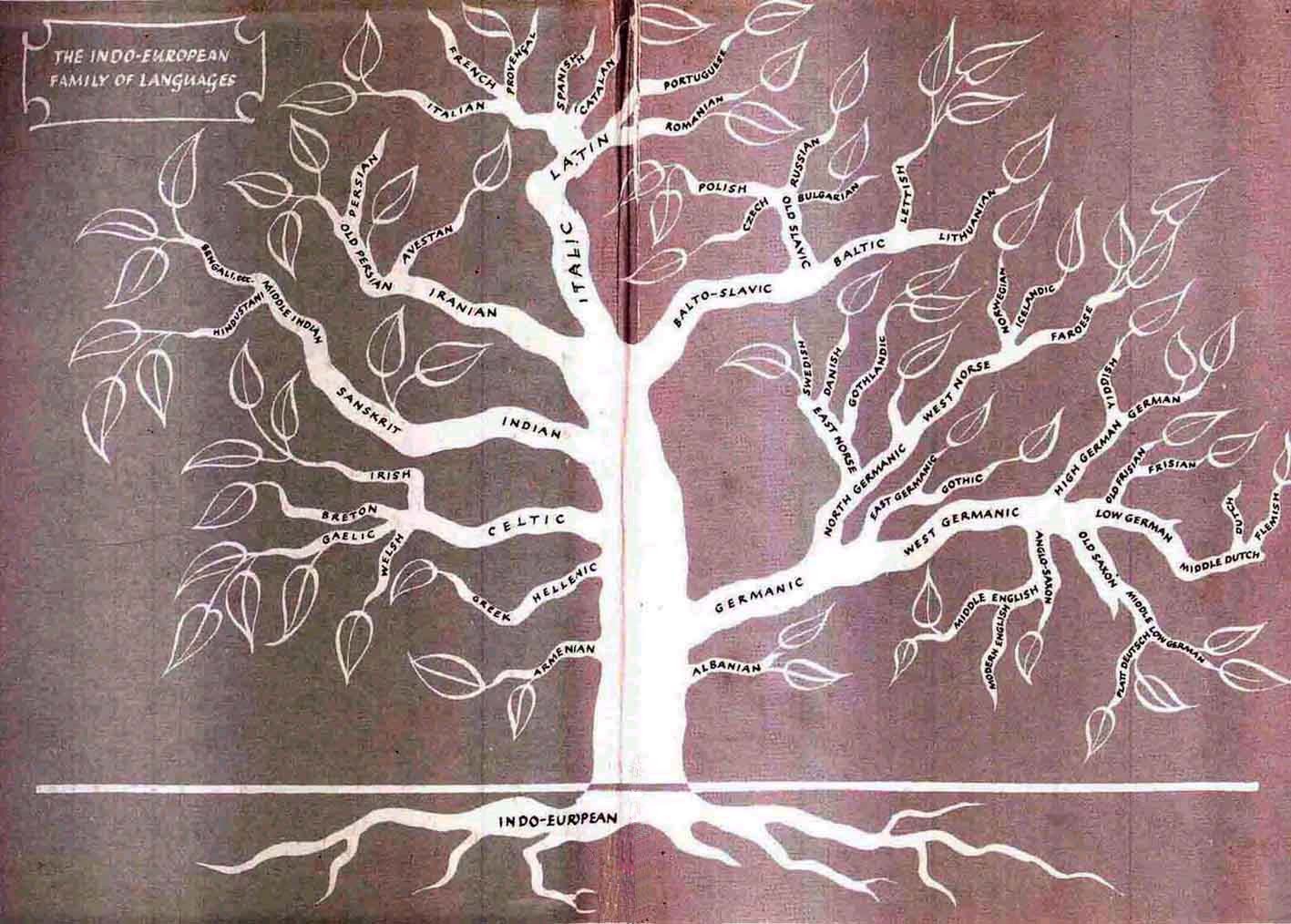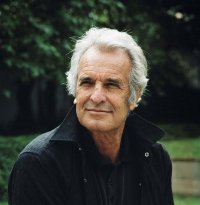Yesterday, Greg Johnson published an article that shows he’s an absolute ignorant about the trauma model of mental disorders. I have dedicated most of my intellectual life to the subject that extremely abusive parents literally drive their children mad. The basic aetiology of psychoses has nothing to do with faulty genes or chemical imbalances (biological psychiatry is a classical pseudoscience). Cf. my book Day of Wrath for a comprehensive approach to the trauma model. For a single chapter within that book, see ‘A Class With Colin Ross’.
My broader criticism of psychiatry (see for example: here) is a subject indirectly related to the sort of parental abuse that drives children mad, as is the below translation of one of my texts in Spanish.
______ 卐 ______
But again and again there comes a time in history when the man who dares to say that two and two make four is punished with death.
Albert Camus [1]
Nothing is more terrible than to continually assault the self-image of a person. Not even natural death, terrible as it may be, produces panic. It does produce it, on the other hand, a deaf ear before the screams of a soul in pain, and to be compelled to attend ‘psychoanalytic’ sessions with a professional in deafness is to be compelled to sessions of psychic torture.
It is like the case of my hypothetical Dora: ‘Your story of parental abuse is fictitious. The way you have structured your self is ridiculous. Here we’re going to deconstruct it, Dora. Only I, the physician, the psychoanalyst, the doctor in psychiatry have the academic credentials, and the legal powers, to interpret your mind. The way your parents treated you didn’t cause you any trauma. That is completely surpassed in scientific psychiatry. You live in a paranoid universe, my dear Dora. By your symptoms I would rather diagnose that you are ill… I see that my scientific interpretation distresses you. Do you know, Dora, that the first sign of recovery of a distressed person is to accept that she is sick? For that very reason, and to help you to accept this, my prescription is that we bombard your brain with anti-psychotics. Any rejection of my diagnosis and prescription will be interpreted as resistance. And remember, Dora, the state confers the psychiatrist with special powers. If he wanted he could… So you have to come to these analytic sessions. It is for your own good—and for your family’s’.
What could a minor do but fall in panic before such interpretation, which in turn would be reinterpreted by the psychiatrist as a symptom of ‘chemical imbalances in the brain’, without physical proof, which requires of even stronger psychiatric drugs?
The objective of so-called ‘analysis’ is to dismantle the self-image of the victim to the point of no return. So when the Doras of the world want to convey what happened in their families, the analyst uses the Orwellian technique of crimestop.
Every counterhypothesis to the medical model, the paradigm of psychiatrists, must be stopped before the bio-reductionist dogma. In real life, there was not even an instant in which Freud showed some compassion for the real Dora (Ida Bauer, cf. a forthcoming chapter of this book). Nothing out of commonplace could have occurred inside such reputed Viennese family. Crimestop if someone talks of family abuse. The deaf treatment produces the sensation of revictimising panic, as my Dora’s testimony was ignored to deliver a biological interpretation of the family problem. What the shrink asks is to abandon the vision the victim has of herself and to accept a very, very strange one.
Let us imagine an office behind closed doors with a renowned professional in mental health. It is impossible to redefine there the problems of an abused youngster without doing something psychologically destructive in her mentality. The hidden objective of psychoanalysis, as the hidden objective of the Ministry of Love, is to change the mind of the political dissident:
‘That is what has brought you here. You are here because you have failed in humility, in self-discipline. You would not make the act of submission which is the price of sanity. You preferred to be a lunatic, a minority of one […]. It needs an act of self-destruction, an effort of the will. You must humble yourself before you can become sane […]’.
‘Do you remember’, he went on, ‘writing in your diary, ‘Freedom is the freedom to say that two plus two make four’?’
‘Yes’, said Winston.
O’Brien held up his left hand, its back towards Winston, with the thumb hidden and the four fingers extended.
‘How many fingers am I holding up, Winston?’
‘Four’.
‘And if the Party says that it is not four but five then how many?’
‘Four’.
The word ended in a gasp of pain. The needle of the dial had shot up to fifty-five […].
‘How many fingers Winston?’
‘Four! Stop it, stop it! […]’.
‘How many fingers Winston?’
‘Five! Five! Five!’
‘No, Winston, that is no use. You are lying. You still think there are four. How many fingers please?’
‘Four! Five! Four! Anything you like. Only stop it, stop the pain!’
Abruptly he was sitting up with O’Brien’s arm around his shoulders. He had perhaps lost consciousness for a few seconds. The bonds that had held his body down were loosened. He felt very cold, he was shaking uncontrollably, his teeth were chattering, the tears were rolling down his cheeks. For a moment he clung to O’Brien like a baby, curiously comforted by the heavy arm around his shoulders. He had a feeling that O’Brien was his protector, that the pain was something that came from outside, from some other source, and that it was O’Brien who was to save him from it.
‘You are a slow learner, Winston’, said O’Brien gently.
‘How can I help it?’ he blubbered. ‘How can I help seeing what is in from of my eyes? Two and two are four?’
‘Sometimes, Winston. Sometimes they are five. Sometimes they are three. Sometimes they are all of them at once. You must try harder. It is not easy to become sane’.[2]
Every bio-reductionist professional is like the Orwellian O’Brien. His biological interpretation is as insulting, as revictimising I would say, as the one applied to Dora (‘The rape didn’t cause you any trauma…’). Whoever says this, and says it from a platform of power, is playing O’Brien in the Ministry of Love (speaking in black-white terms, thus was called the Ministry of Torture in 1984).
Have I been understood? The problem does not lie in a psychiatrist who has ‘abused’ his power. The praxis of psychiatry can only result in the abuse of power. We have seen that John Modrow said it wasn’t possible to practice psychiatry without doing harm. No psychiatrist can validate his identity as a medical doctor without stigmatising others with an insulting label or prescribing iatrogenic drugs. It is not possible to practice the profession without doing harm—logically it is not possible.
I would be embarrassed if this indictment was interpreted as an attempt to assassinate the character of a couple of corrupt shrinks. That would leave their profession intact! The problem of what happens to the Doras lies in their profession, not in the character of any of them. A profession that, as we have seen, was born mercenarily by selling itself out to the System—a fraudulent profession that we must strive to abolish as the Spanish Inquisition was abolished in 1820 by Fernando VII. It is not a single Freud the target of my attack. It is just that by testimonies such as Modrow’s I am convinced that what happened to him has happened to thousands of others. But very few have survived the Ministry of Love or have had the courage to speak out about their cases.
The last quotation proceeds from the novel by George Orwell. Following next I quote the testimony of a victim of an O’Brien in real life. It occurred in the Delaware Valley Mental Health Foundation (DVMHF) in Doylestown, Pennsylvania, a clinic directed by Dr. Albert Honig, who in this case intended to ‘cure’ a catatonic woman:
I lost my capacity to open my eyes and to walk as well as to talk. I was told by Honig that he hated my eyes and could not stand to look at them. He made me close them and keep them closed during one entire session… [sic] after my eyes were closed and I had lost my ability to speak, I was told during another session to get on the floor face down, which I did.
However, when Dr. Honig told me to get up, and I did not, he said, ‘Look at that defiance’. At that point he yanked me up solely by my hair, which was braided in a single braid in the back. I was so frightened by being picked up by my hair alone that I wet my pants. He then, still holding me by my hair, flopped me on the couch. He asked the male staff to hold my arms above my head and others to hold my legs, while he sat on my stomach. Honig then put his hands around my neck and started squeezing, saying, ‘Open your eyes; I want you to look at me; open your eyes! You know I could kill you’.
The staff confronted me and threatened that if I did not open my eyes they were going to arrange to have them extracted and donated to an eye bank… [sic] Then I was taken into the therapist’s back room accompanied by Adam Houtz and a young doctor. The doctor told Adam to hook up my legs and Adam did so. The doctor asked me to open my eyes, but in my catatonic state, I was unable to do so. The doctor then had Adam turn on The Machine. Higher and higher went the voltage in a constant flow. My legs felt like they were actually being torn from my body. Through this, the doctor kept yelling, ‘Open your eyes! Open your eyes!’
I finally turned to him, and although I could not open my eyes, I still could move my body. I turned to him with outstretched arms raised toward him, and beseeched him with the totality of my being, as I could not speak, to turn off The Machine. [3]
If psychiatry in our societies is not the Ministry of Love, what is it? What is the difference between this testimony and Room 101 in Orwell’ novel? And if this, ‘therapy’, is not Orwellian Newspeak, what then could it be?
We have seen that England’s Mental Health Law (and the non-written law of other nations) and the European Convention of Human Rights gives exceptional powers to psychiatrists; powers that in practice they use to do these things. I would like to know if organisations that fight for human rights consider torture actions as the one cited above. My curiosity is piqued by the fact that psychiatrists have inveigled civil society to make it believe that these tortures are, in fact, therapies. It seems that westerners have been imbecile enough to swallow the Newspeak of psychiatrists to the degree of not recognising classic cases of torture like this in the ‘clinic’ of Pennsylvania. The same can be said of electroshock (ECT or Electro-convulsive ‘therapy’) that is practiced daily around the world, and that a hundred thousand persons get it in the United States alone.
Jeffrey Masson tells that in 1978 the Bucks County District Attorney’s Office in Pennsylvania issued a ten-page report which found that in Honig’s clinic cattle prods and paddles were used to punish ‘patients’ (with quotations because a true patient voluntarily goes to a hospital). Nonetheless, the Attorney’s Office concluded that:
The devices were used in good faith by the therapists and in the sincere belief that they would aid the treatment process [my italics]. The devices were employed at times as ‘punishment’ but only as that term is understood within behavior modification theories. The treatment methodology of aversion therapy and behavior modification (though Honig never said he practiced behavior modification; he called it analysis) practiced by DVMHF falls within the recognized and legitimate treatment techniques for the mentally ill.[4]
‘Good faith’, ‘sincere belief’. This is evil… Is it clear why it is an aberration that Western society endows these powers to psychiatrists? The people whom they are in charge are stripped from their most elemental right: to not be tormented. The report’s revealing point is that Western society is not only allowing these atrocities: it is encouraging them. The only thing the psychiatrist has to do is, as Honig did, is to claim that he commits these actions in good faith and to define punishment as part of the analysis—and the government offices swallow it!
Just as the well-meaning lobotomies of Viktor Frankl, it goes without saying that, from the patient’s viewpoint, it doesn’t matter that the doctor believes he is saving her. What he does with cattle prods, paddles or The Machine is torture, period.
________
[1] Albert Camus, The plague (Modern Library, 1948), p. 121.
[2] Nineteen eighty-four (op. cit.), pp. 196f.
[3] Against therapy (op. cit.), pp. 207f.
[4] Ibid., p. 204.
______ 卐 ______
Liked it? Take a second to support this site.






